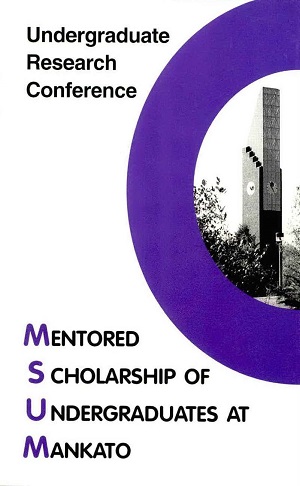Color Chunking does not Alter Hypermnesia and Reminiscence for a Novel Non-Verbal Memory Task in Humans
Location
CSU
Student's Major
Psychology
Student's College
Social and Behavioral Sciences
Mentor's Name
Robert Flint Jr.
Mentor's Department
Psychology
Mentor's College
Social and Behavioral Sciences
Description
The purpose of this study was to examine hypermnesia, reminiscence, and chunking for a novel non-verbal memory task in humans. To examine these psychological phenomena, a highly complex drawing was developed (Flint's Impossible Picture-FIP). In one version the entire drawing was in black and white, while a second version was color-coded so that identical components were of the same color. Forty-eight undergraduate students were randomly assigned to one of three groups. Groups 1 and 2 were asked to reproduce the PIP (color and B/W version, respectively). Group 3 reproduced the color version with specific instructions to note the color organization. Following this, training subjects in each group were asked to draw the FTP from memory on three separate trials. At the onset of trials 2 and 3, subjects were instructed to try to improve upon their previous performance. Results indicate that the accuracy and completeness of the drawings improved across trials and that significantly more items of the FIP were recalled, indicating the presence of both hypermnesia and reminiscence. In addition, there was no effect for color organization, suggesting that subjects did not chunk similar information together in order to improve performance.
Color Chunking does not Alter Hypermnesia and Reminiscence for a Novel Non-Verbal Memory Task in Humans
CSU
The purpose of this study was to examine hypermnesia, reminiscence, and chunking for a novel non-verbal memory task in humans. To examine these psychological phenomena, a highly complex drawing was developed (Flint's Impossible Picture-FIP). In one version the entire drawing was in black and white, while a second version was color-coded so that identical components were of the same color. Forty-eight undergraduate students were randomly assigned to one of three groups. Groups 1 and 2 were asked to reproduce the PIP (color and B/W version, respectively). Group 3 reproduced the color version with specific instructions to note the color organization. Following this, training subjects in each group were asked to draw the FTP from memory on three separate trials. At the onset of trials 2 and 3, subjects were instructed to try to improve upon their previous performance. Results indicate that the accuracy and completeness of the drawings improved across trials and that significantly more items of the FIP were recalled, indicating the presence of both hypermnesia and reminiscence. In addition, there was no effect for color organization, suggesting that subjects did not chunk similar information together in order to improve performance.



